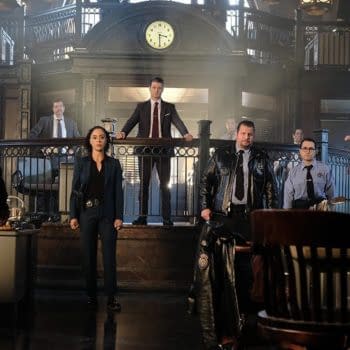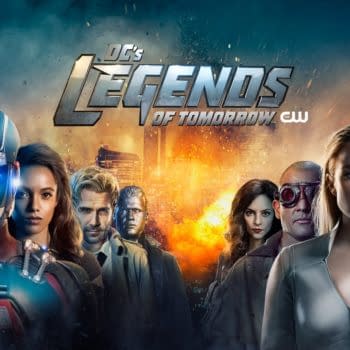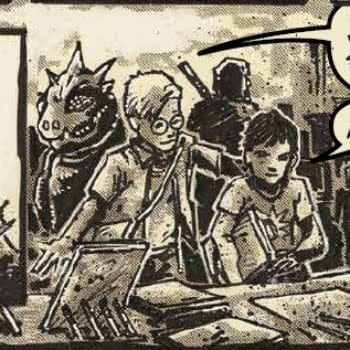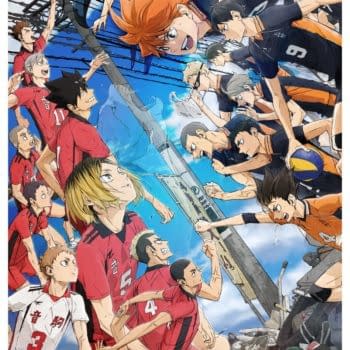Posted in: Comics | Tagged: Comics, entertainment, Jeff Achenzie, Lindsey Young, Literature, NYCC
Comics As Literature In The Class Room
Ra'Chaun Rogers writes for Bleeding Cool:
I spent quite some time working in or with the medium of comics whether it be, editing, authoring, or selling them, and during a short stint with an early childhood literacy organization I began to notice something. A number of children, mainly males and in most cases those of color were mot so much fans of reading as their parents had liked them to be. After stumbling upon the book The Trouble with Boys, about how most males learn differently than most females, It got me thinking about stories I've heard working at comic shops about various sons loving comics (and not just the pictures) and testimonies from my own friends about not reading if not for comics. So I became increasingly interested in the role that comics could play in the classroom and teaching those who were once thought not to learn as well as others.
Panelists:
The three panelists were Jeff Achenzie, a teacher at Liberty High school, who has successfully integrated Graphic novels into his teaching curriculum. Jesse writer for One Word or Less Comic reviews hosted by Multi Media Mouth and Lindsey Young a librarian in Connecticut who created the state's first ever adult oriented graphic novel section.
Jeff related to the audience that his first comic was GI Joe #61,it being handed to him his friends brother and because it was linked to a T.V. show he'd already been watching he took to it instantly. Flash forward to his college years where a professor assigned the class Art Spiegelman's Maus to read he realized he wasn't the only one who took comics seriously. After becoming the advisor for his school's Anime club he realized that students were reading graphic literature more quickly than prose. Jeff set about making graphic novels and manga available in his school working with the librarian, who took some convincing at first, he then went about the seeming herculean task of convincing the staff and Principle to allow the usage of Graphic Novels as primary and secondary texts from which to teach. He had to present them with hard facts showing the benefits of Graphic literature as a learning tool and that it met the Common Core (CC) standards. Common Core being the standards for all things taught in the country.
One of the things which he used to do this was Scott McCloud's Understanding comics, which explains the higher level of thinking which actually goes into comprehending comics as well as data that showed most subjects use sequential learning as a way to explain their complexities (i.e. diagrams of the rock cycle in a geology book). It didn't hurt that a number of non-fiction works were published in the medium,which helped debunk the misconception that comics is purely about superheroes. Jeff noticed that after he got over these hurdles comic books allowed him to form a better connection with his students which is what every teacher wants, he also noticed that a lot of his kids liked the stuff that he liked (i.e Walking Dead, The Watchmen, and he always get's consent forms since a few of his favs are more mature. "Remember I teach 11th grade so things appropriate for my kids aren't right for 2nd or 6th graders. Comics have come this far in the academic field, let's not mess it up. (laughs)















